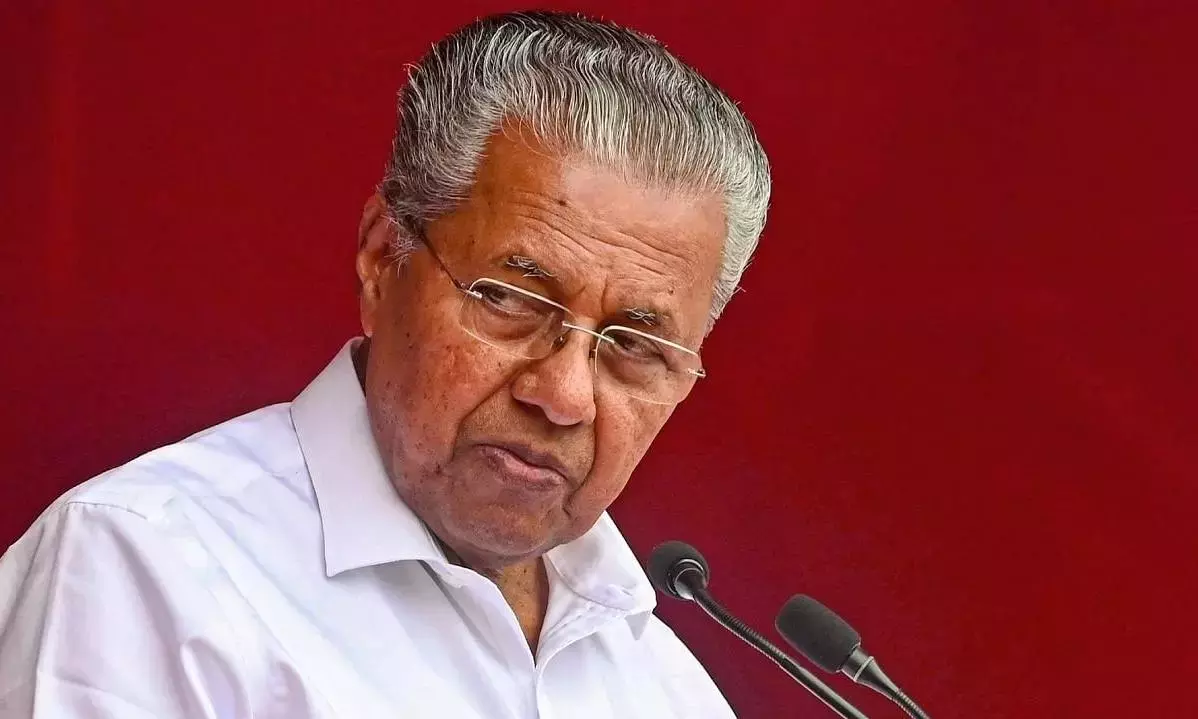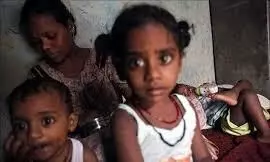
UNICEF report highlights severe food poverty among children in India
text_fieldsA recent UNICEF report titled 'Child Food Poverty: Nutrition Deprivation in Early Childhood' has shed light on the troubling state of child food poverty worldwide.
The report reveals that globally, one in four children endures severe food poverty, surviving on minimal food diversity daily. This crisis jeopardizes the health and development of 181 million children, leaving them highly susceptible to malnutrition.
India and other Asian countries are prominently affected, with India ranking third in Asia after Afghanistan and Bhutan in severe child food poverty.
In South Asia alone, 64 million children are affected, making the region one of the worst-hit globally.
Despite numerous government efforts to combat child poverty, India continues to struggle with limited access to education, healthcare, and economic opportunities, particularly in rural areas. The urban-rural divide exacerbates the issue, with rural children being more likely to suffer from severe food poverty.
Severe child food poverty is characterized by the lack of access to a diverse and nutritious diet, as measured by dietary diversity scores from UNICEF and WHO.
The report emphasizes that this issue is especially prevalent in South Asia and Sub-Saharan Africa, with 65 percent of the affected children residing in just 20 countries, including India, Guinea, Afghanistan, Burkina Faso, and Ethiopia. These regions collectively account for a significant portion of the 181 million children facing severe dietary deprivation.
Global disparities are stark, with Somalia and the Gaza Strip facing the most severe child food poverty.
In contrast, countries like Belarus exhibit the lowest levels of child food poverty. The report highlights that, despite global economic recovery post-COVID-19, compounded issues of inequality, conflict, and climate crises have worsened the situation, driving food prices and living costs to unprecedented highs.
Children suffering from severe food poverty are up to 50 percent more likely to experience life-threatening malnutrition. Their diets typically consist of starchy staples and milk, with minimal intake of fruits, vegetables, and nutrient-rich foods like eggs, fish, poultry, or meat. This nutritional deprivation adversely affects not only their physical health but also their cognitive development and educational outcomes, perpetuating cycles of poverty and malnutrition.
Several factors contribute to this crisis.
While household income is significant, the report notes that more than half of the children in severe food poverty live in relatively wealthier households. Specifically, 46 percent of affected children come from poor households, while 54 percent are from households above the poverty line, indicating that income alone does not determine food poverty.
Other critical factors include poor food environments, inadequate feeding practices, and the aggressive marketing of cheap, unhealthy foods. Conflicts, climate crises, and economic disparities further drive food prices up, making nutritious food unaffordable for many families.
The UNICEF report calls for urgent reforms to transform food systems, making nutritious foods more accessible and affordable. It advocates for strengthening health systems to deliver essential nutrition services and implementing social protection measures to address income poverty. The establishment of the Child Nutrition Fund (CNF), supported by global partners, is a crucial step toward mobilizing resources to end child malnutrition.
Collaboration among governments, development agencies, civil society, and the private sector is essential to leverage resources and expertise for sustainable solutions.























